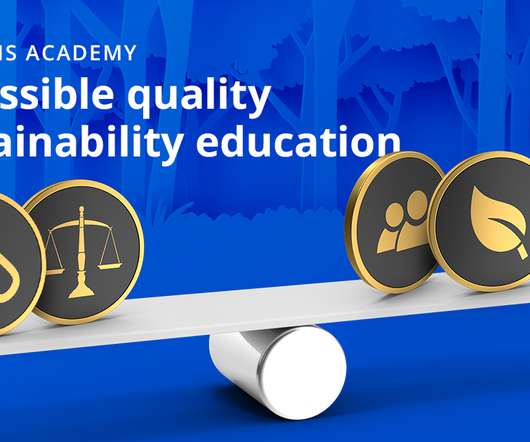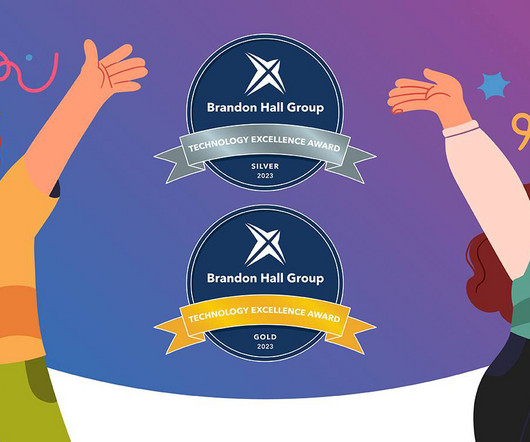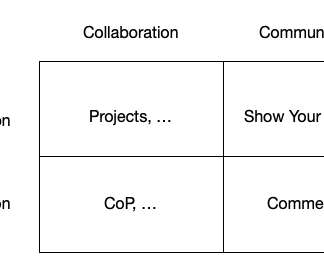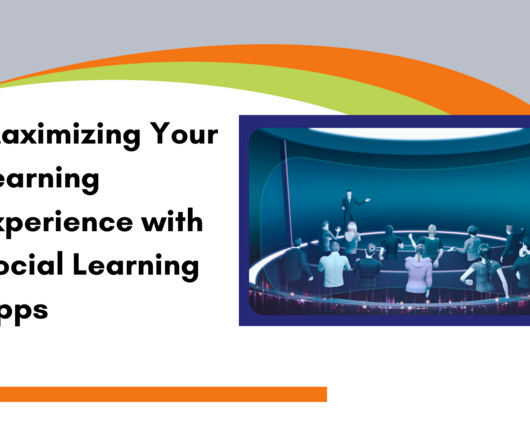Communities of Practice in your LMS: A hidden KM tool
TalentLMS
MAY 12, 2015
Extend this to the Subject Matter Experts and popular spokes-person through a defined communication framework and you have a community of practice in action! How would that help you create better eLearning? Communities of practice are created by developing explicit knowledge. It’s Business 101.












































Let's personalize your content